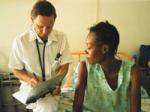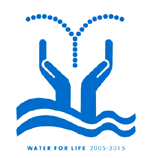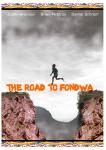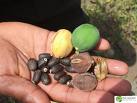Hospital Albert Schweitzer and the Artibonite
 The Hospital Albert Schweitzer (HAS), located in the heart of the Artibonite Valley in the town of Deschapelles, is one of the largest in Haiti. In all, it has a staff of approximately 900 who focus on an integrated approach of providing health care, community health services, and development activities within its catchment area (and often to people from outside the catchment area who travel to HAS for treatment.) The HAS is as indispensable to the Aribonite Valley as the Cange hospital is to the Central Plateau.
The Hospital Albert Schweitzer (HAS), located in the heart of the Artibonite Valley in the town of Deschapelles, is one of the largest in Haiti. In all, it has a staff of approximately 900 who focus on an integrated approach of providing health care, community health services, and development activities within its catchment area (and often to people from outside the catchment area who travel to HAS for treatment.) The HAS is as indispensable to the Aribonite Valley as the Cange hospital is to the Central Plateau.











